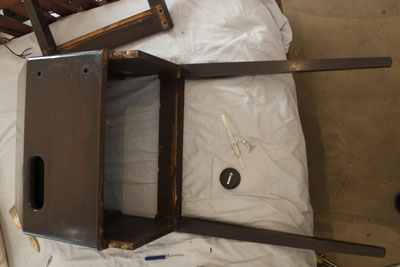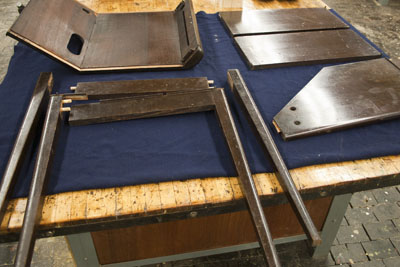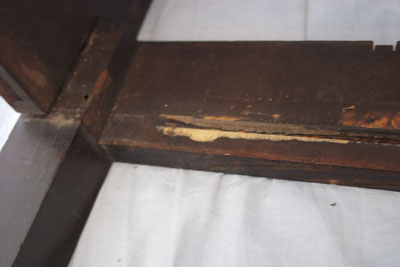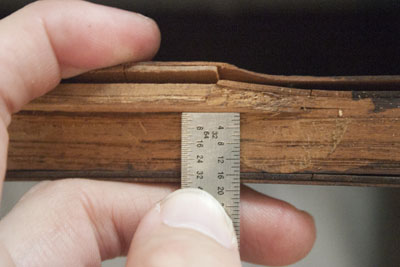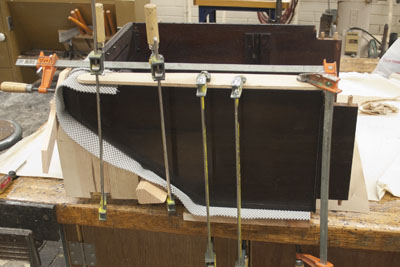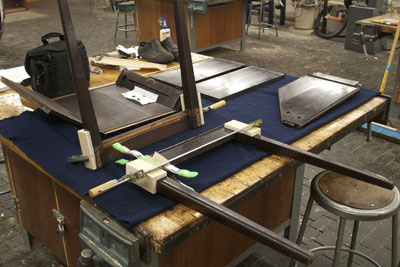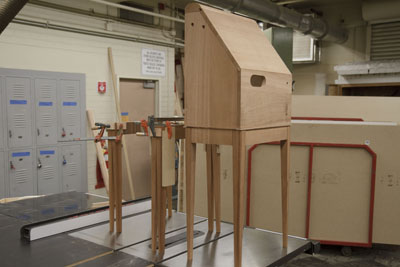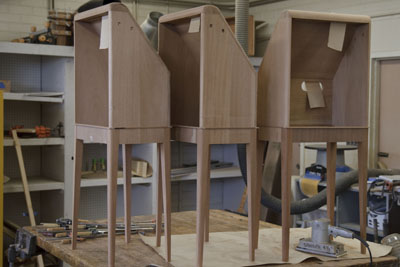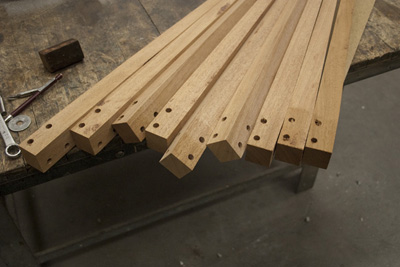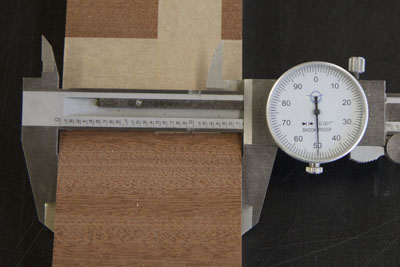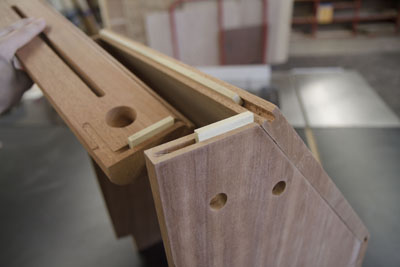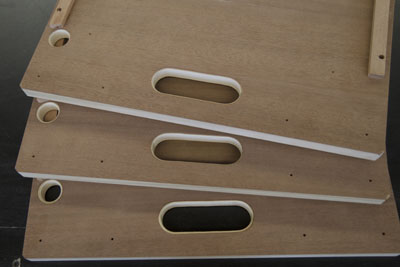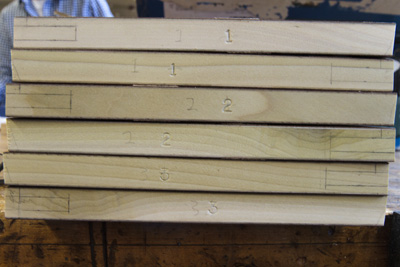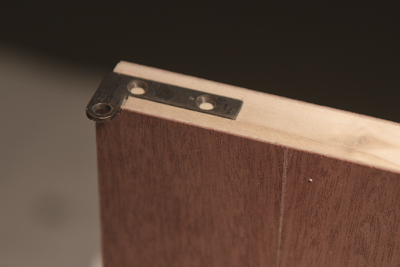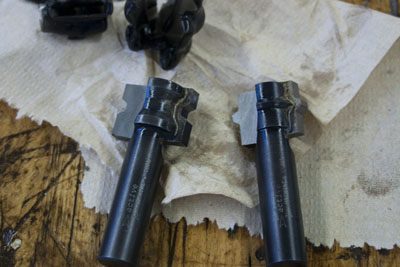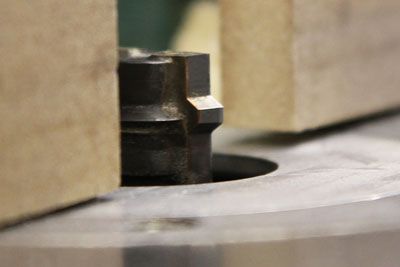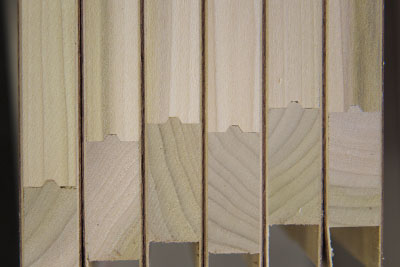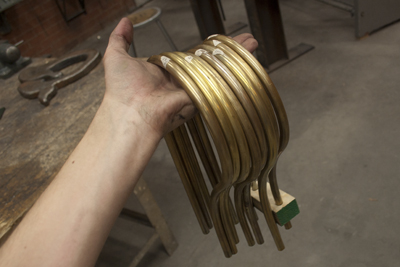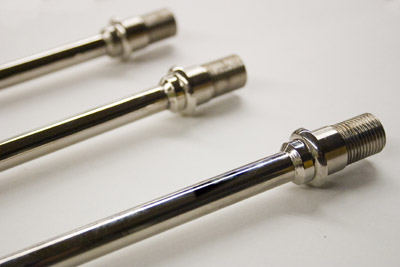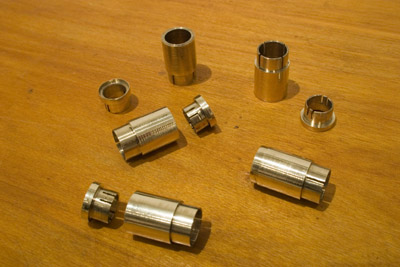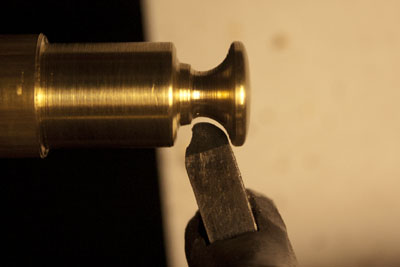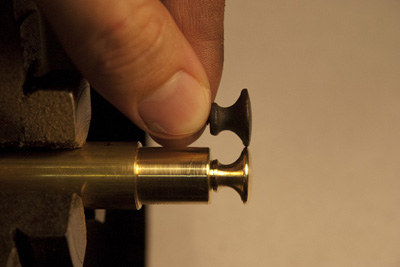RCATheremin.com
Theremin Repair & Restoration
We offer complete service, from basic tune-ups for optimizing performance and improving tone quality, to complete restoration, and anything in between. We maintain a full stock of premium vintage vacuum tubes and components, and have all necessary equipment to handle any theremin repair task in our workshop.
We have carried out the reconditioning and repair of RCA theremins held in museums and private collections and are qualified to provide museum-grade restoration of the “Lev-Built” theremins.
Instruments can be repaired in our well-equipped workshop or on location.
Service Options
- For safe transport of your instrument to our shop, we can provide personalized advice via telephone or Skype to guide you through the steps outlined in our shipping and handling advice. To minimize shipping cost, your cabinet, power supply, and antenna are not required, as we have these components on hand. If you prefer to ship your instrument with its cabinet, we recommended our plans for a custom-fitted crate to minimize the chance of damage in transit.
- On-site service is available for private customers and museums who prefer not to ship their instrument. Contact us for schedule and availability.
- We can also provide consulting service via telephone or Skype, and have successfully guided a number of customers through making their own basic repairs. The extent of this service is governed by the aptitude of the customer and what can be done with limited equipment on hand. Safety is emphasized.
In addition to RCA and Lev-built theremins, we also service Bob Moog's vacuum tube theremins; the ground-breaking 201, the 351, and the Vanguard. Please note that we do not service contemporary solid-state theremins.
Email us at experts @ rcatheremin.com to discuss restoration and repair options.
A Few Highlights
Clara Rockmore's Lev-Modified RCA Theremin
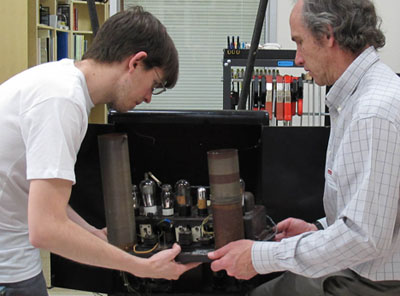
Removing the chassis on Clara's custom RCA.
In March 2012, Andrew Baron and Mike Buffington were granted special permission to study Clara Rockmore's RCA Theremin at the Musical Instrument Museum (MIM) in Phoenix. This one-of-a-kind RCA is known to have been modified by Leon Theremin and was electrically updated by Bob Moog in 1998. Our mission was to record the extent of these historic modifications, to conduct dynamic tests under power and to gather essential data. Examination and inspection revealed that the instrument had lost much of its range and tonal quality. A comprehensive reconditioning of the electrical connections and a minor repair fully restored the instrument's unique characteristics. Finally, a set of waveform photographs was made to document the voice of the repaired theremin, and to provide a reliable baseline to assist future repair or adjustment.
The Franklin Institute RCA Theremin
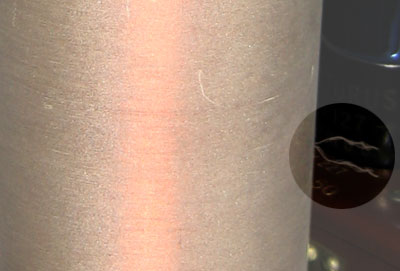
Two nearly invisible breaks of the hair-fine wire of the Pitch coil.
The musician and recitalist, Grace Gulick Dike, demonstrated this theremin at the Meeting of The Franklin Institute on October 15, 1930. The Franklin Institute Science Museum acquired Ms. Dike's theremin in 1933 and prepared it for public display. By 1951 the instrument was no longer working and it remained dormant for more than 56 years.
In April 2007, restoration of the theremin was conducted in Philadelphia at the museum. The preliminary inspection revealed a power supply with a dead short, and numerous broken and disconnected wires throughout the instrument. Humidity had taken a toll on the internal electrical contacts as well, and these were fully reconditioned prior to completion of the repairs and final adjustments. This theremin rewarded our efforts with one of the sweetest voices we've yet encountered in a stock RCA, in addition to an extraordinary pitch range of more than five octaves. The ideal waveforms that this instrument produces can be seen on our Sound, Tone, and Tube Advice page. The theremin was demonstrated on 29 June, 2013 as part of the exhibit “SPY: The Secret World of Espionage”.
Theremin Studio Lev-Built Restoration
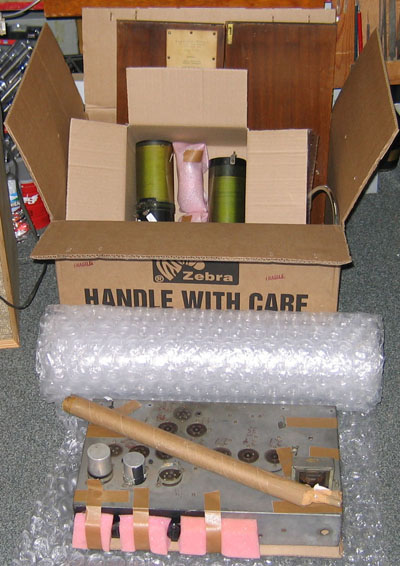
Unpacking the Theremin Studio theremin.
This instrument came to us in October 2007 with a combination of amateur earlier repair attempts and a few missing parts. Once the immediate issues were resolved and a sound could be obtained, it was clear that much additional work would be required. The pitch range was only two octaves, and a pronounced distortion occurred when the hand entered the volume loop space-control area. The restoration entailed some sleuthing to establish Lev's original pitch oscillator frequencies, which were discovered to be radically misaligned, with the first harmonic of one pitch oscillator beating against the fourth harmonic of the other. Resolving the oscillator mismatch restored full pitch range and volume, and extensive voicing work rewarded us with a dramatically improved and satisfying timbre, concluding our restoration.
A number of fascinating discoveries were made along the way, including several numbers written in pencil inside the chassis, in Lev's unmistakable hand. This instrument is something of a “missing link” between the first-generation American theremins that Lev made in 1929–30, and those he constructed in 1937–38 during his waning time in the United States. It is the only Lev-built theremin that we're currently aware of that does not have a conventional power supply, relying instead on state-of-the-art voltage doubler circuits made possible by the new generation of tubes for 1933. Upon completion of the restoration this instrument revealed a six-octave range, a remarkable tonal quality and a unique volume response. Its unusual circuit details appear on our page for this 1933–34 Theremin Studio Theremin.
RCA Theremin 200180
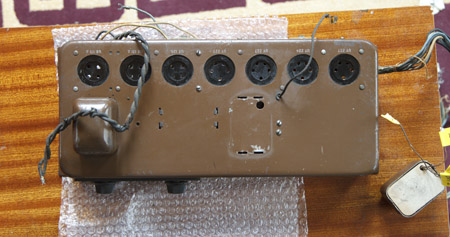
RCA chassis with defective transformer removed and replacement ready to install.
In September 2012 in London, England, we helped confirm faulty parts through continuity checks and facilitated sourcing a Radiola 60 to replace a failed power supply and defective interstage transformer. We reconfigured the power supply for compatibility, and worked with the owner to complete the replacements and power up the instrument, which hadn't been turned on in about ten years. With the pitch circuits now operational and voltage and frequency measurements taken, the owner has continued the restoration.
Reproduction Cabinets & Hardware
Original cabinet disassembly & repair
Replica cabinet construction & custom router bits
Replica hardware construction
In 2008, we carefully and completely disassembled an original Jamestown Mantel Company RCA Theremin cabinet and all of its hardware. We measured every detail with dial calipers; protractors; depth, thickness, and profile gauges, and documented the entire process with photographs and drawings. Every measurement was recorded and used to build a three-dimensional computer model, from which working drawings were created. These provided the foundation for our reproduction cabinets and cabinet parts.
No detail was overlooked, from the wood species for the solid panels, cores, and veneers, to grain direction, blind tongue and groove joints, radius and router profiles. The trapezoidal tongue & groove router bits that JMC used in 1929 are no longer available, so we had custom profile bits tooled to match the original. This profile is only visible when the cabinet doors are opened.
These are the only accurate and complete contemporary reproduction RCA Theremin cabinets. By special arrangement, replica cabinets or cabinet parts can be made to order.
